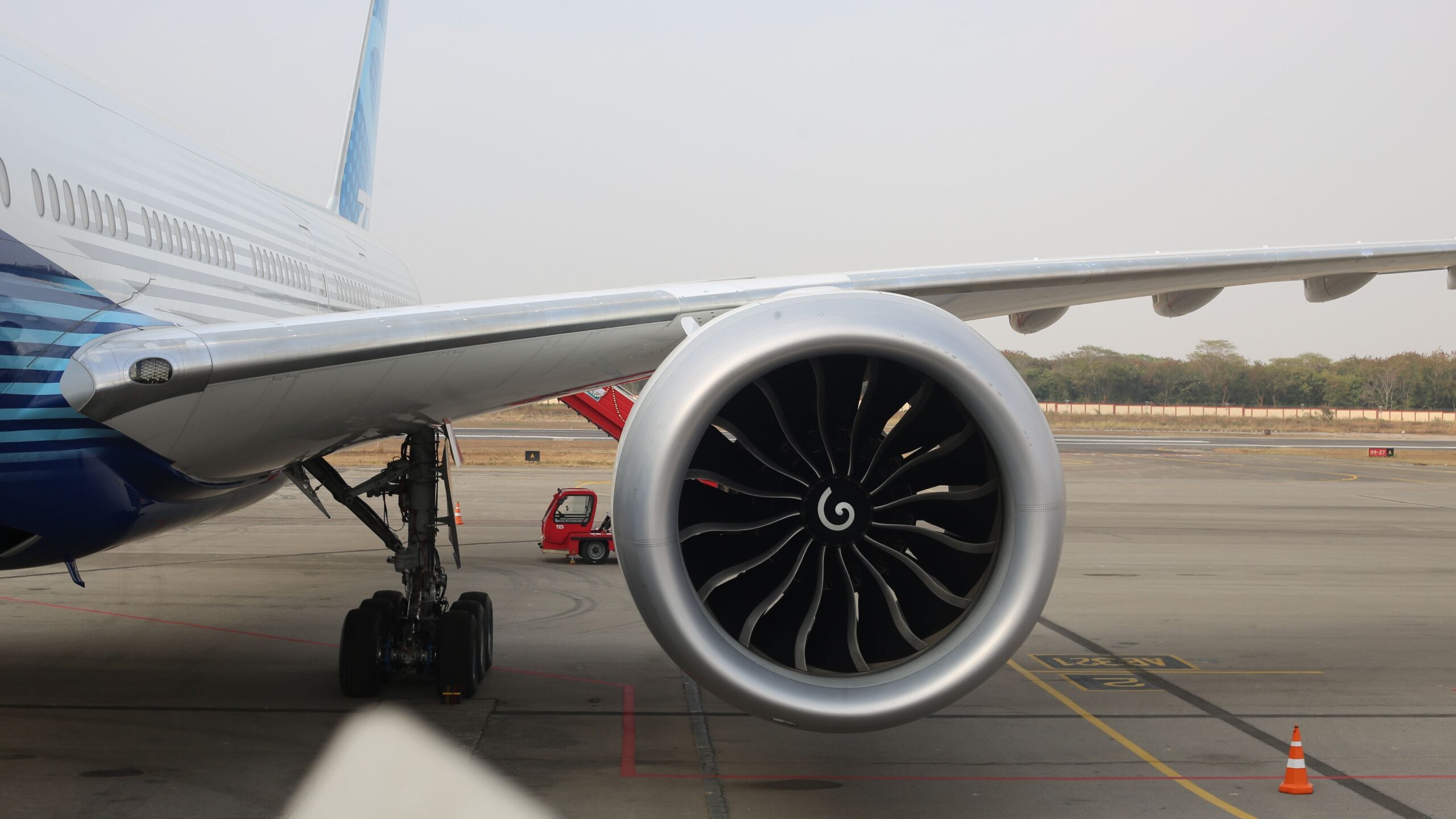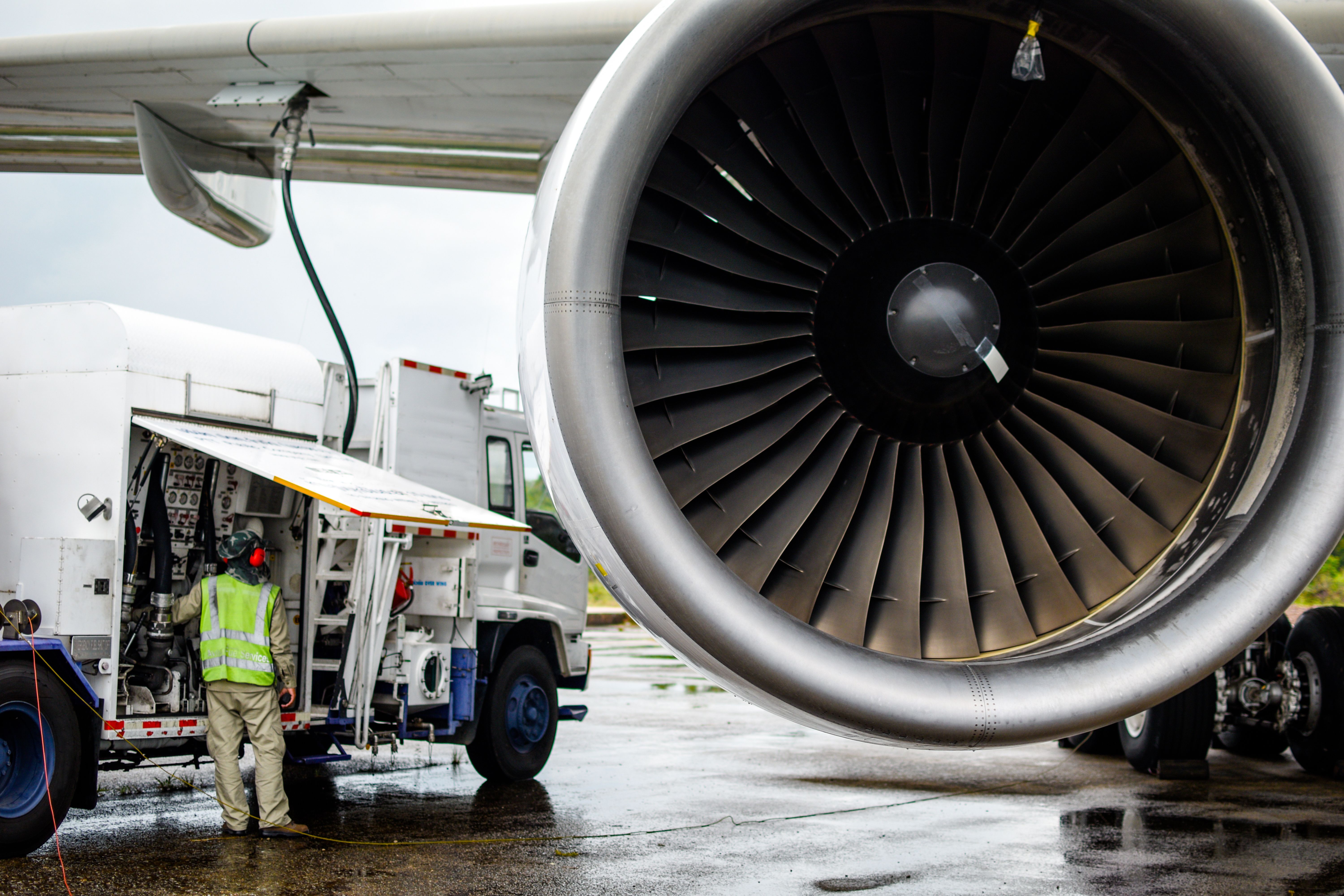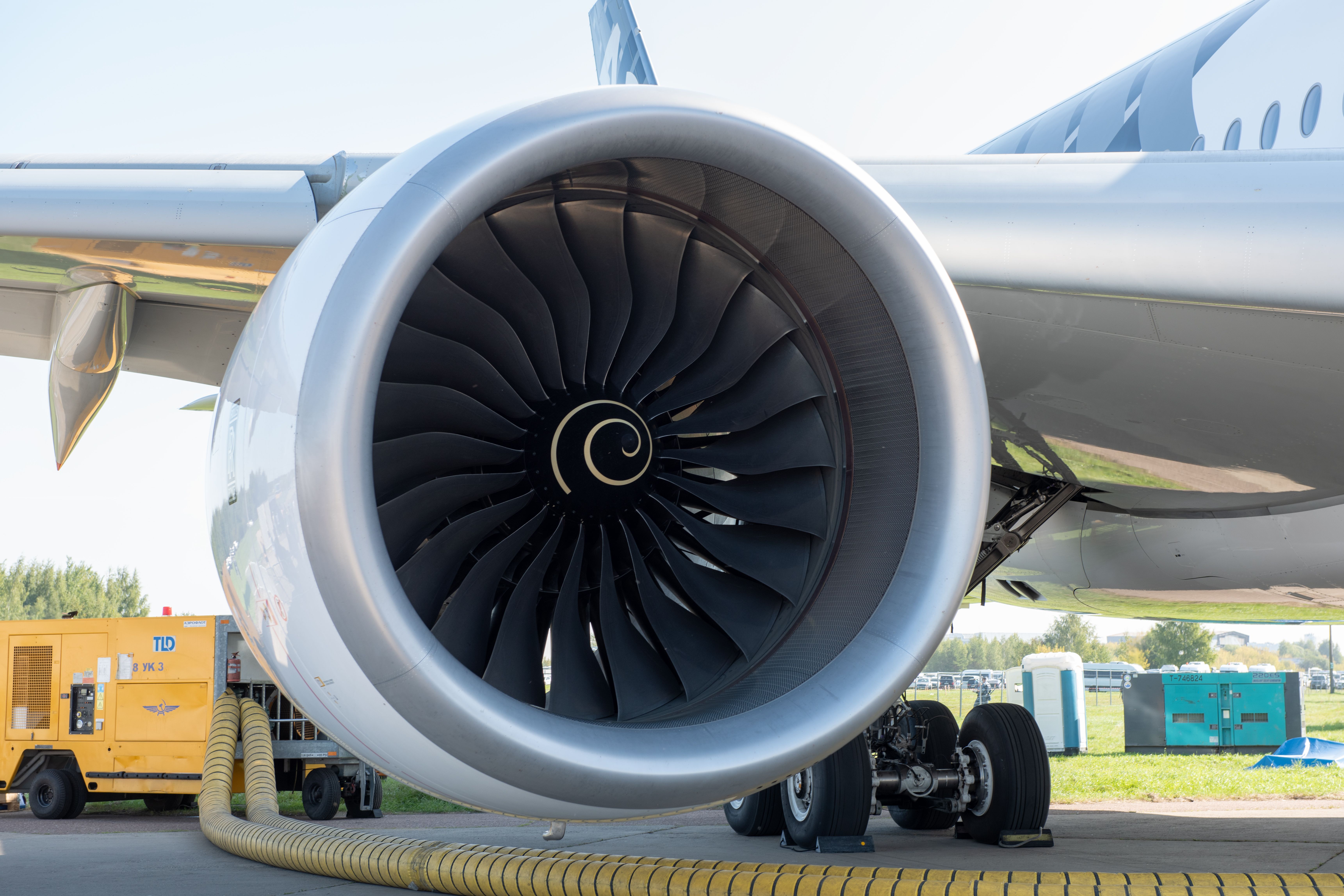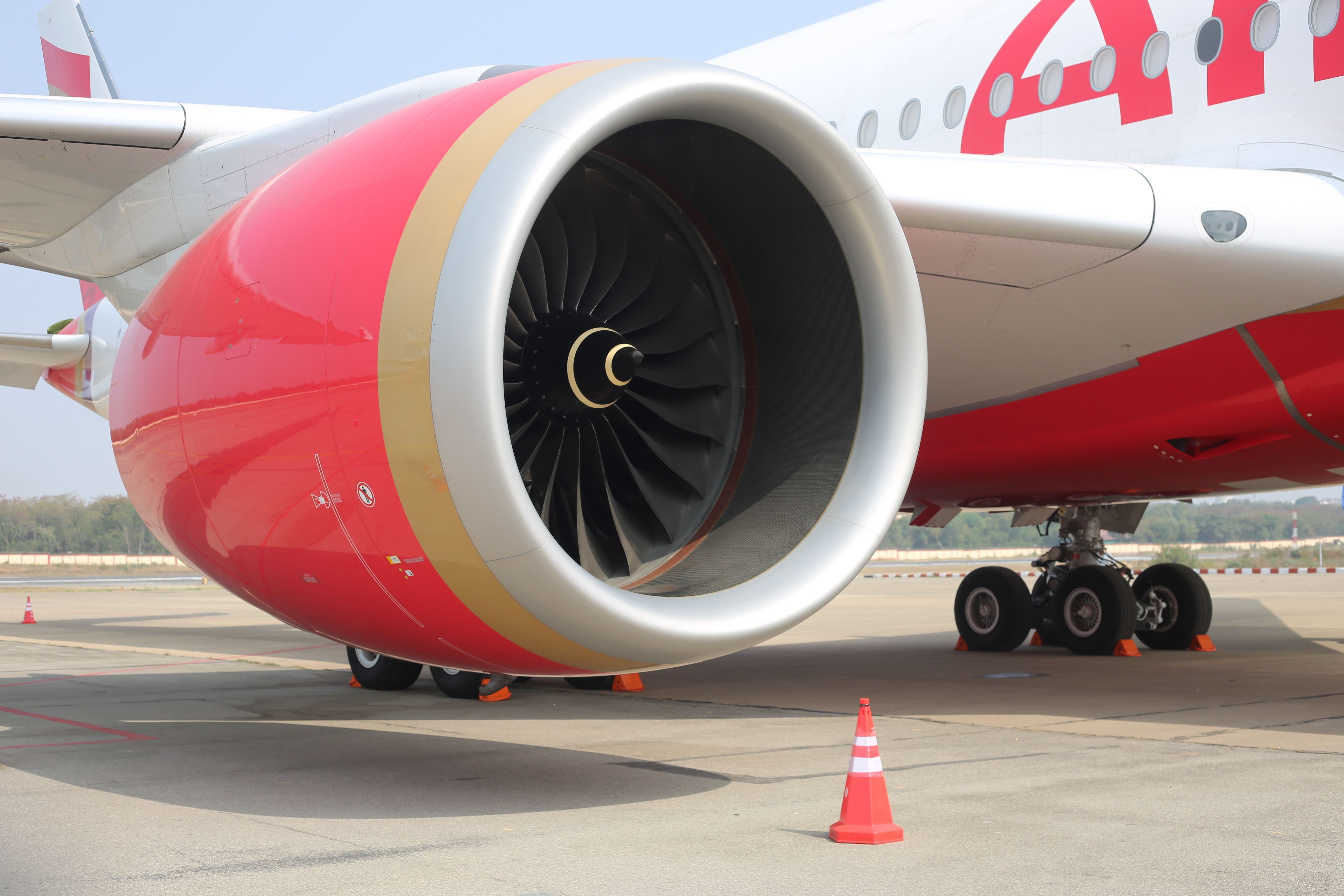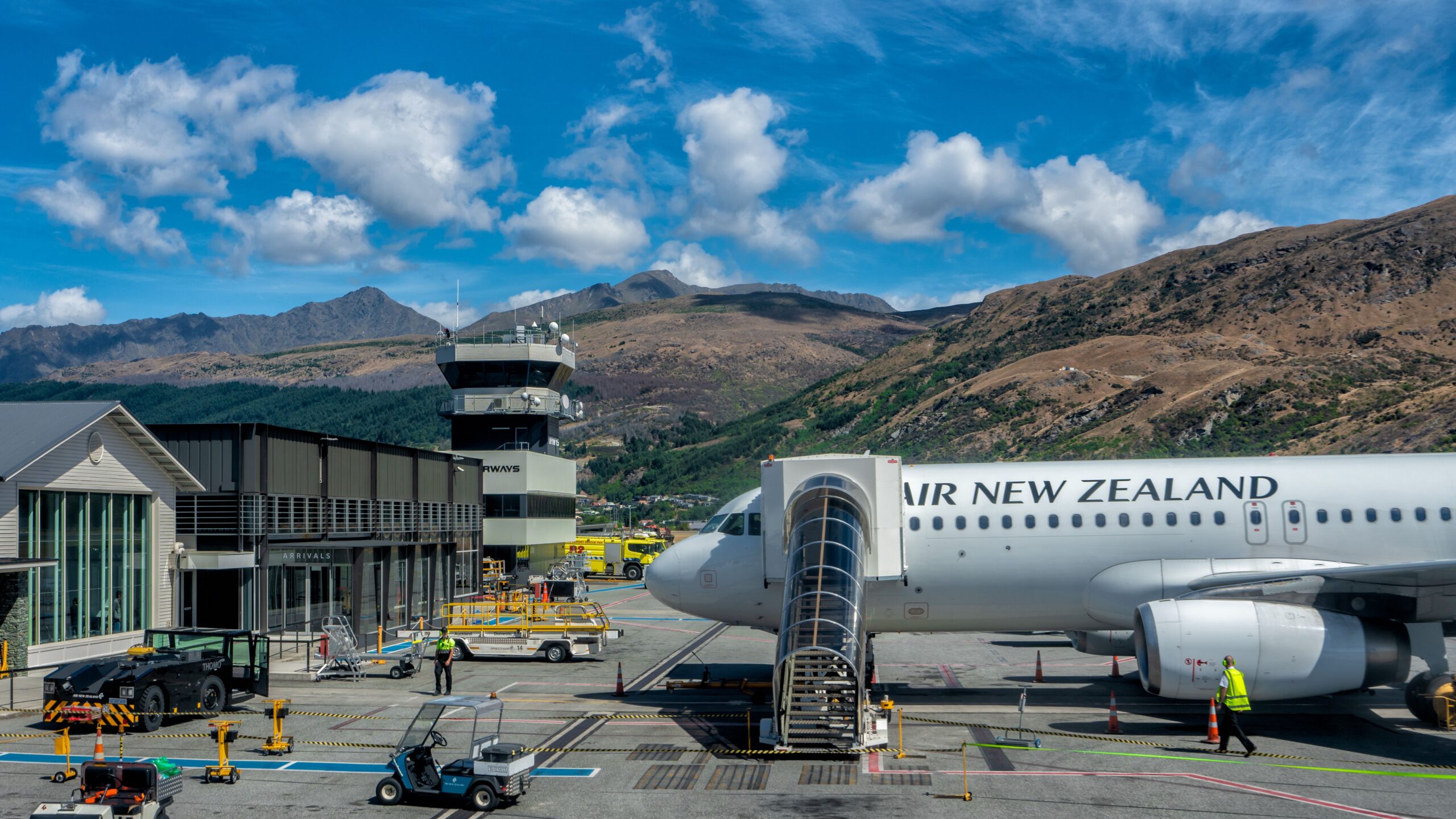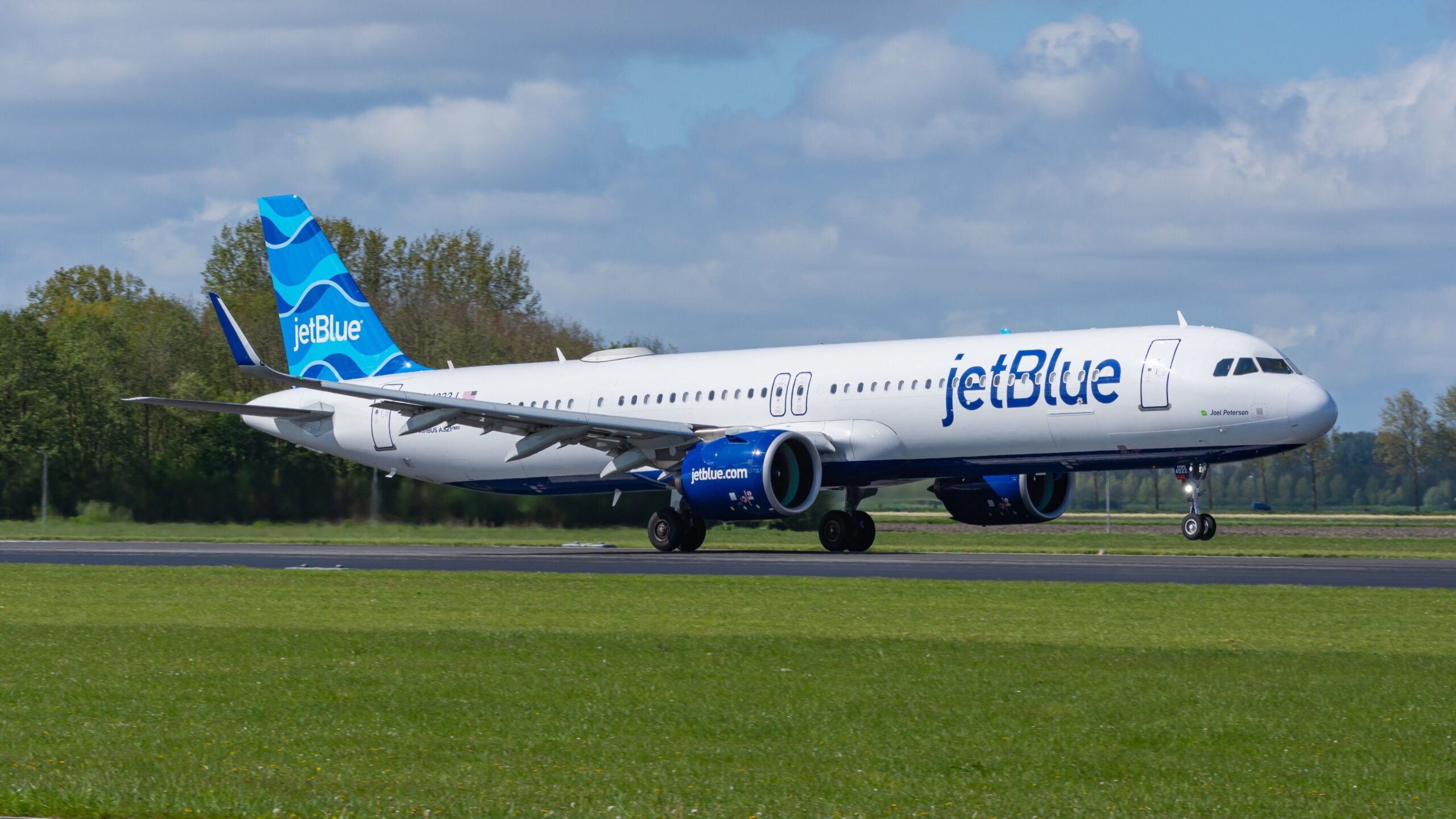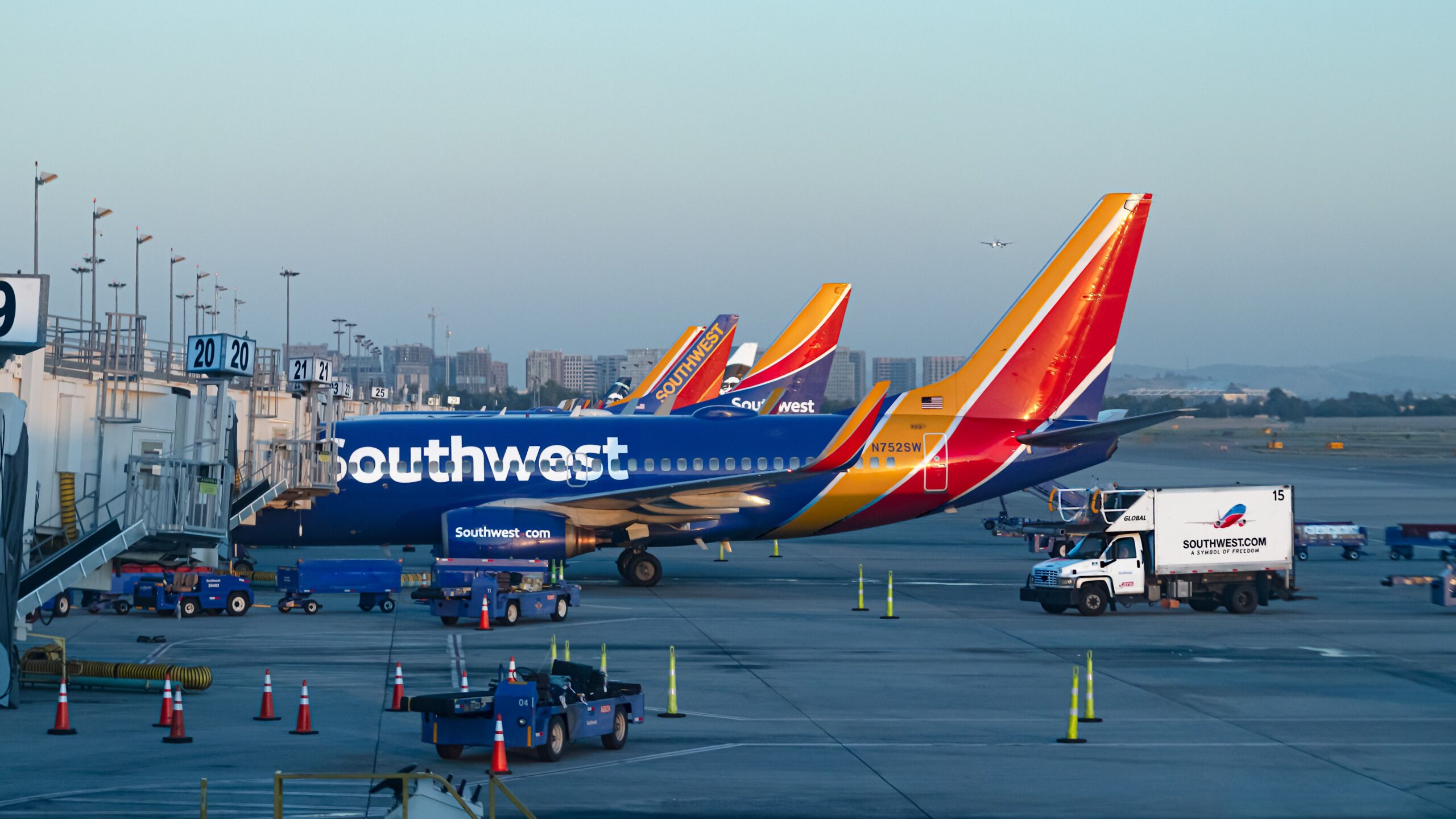Summary
- Jet fuel is a major cost for airlines, with fluctuating global prices impacting carriers’ operational expenses.
- With multiple suppliers globally, airlines carefully monitor markets to find the lowest fuel prices.
- Petrobras announced a 10% drop in commercial aviation fuel prices despite other fluctuations in the energy market.
Jet Fuel
is commercial airlines’ primary cost, as it accounts for the vast majority of operational expenses for any given flight, a number that becomes even more important the longer the duration of a flight. Therefore, the careful art of buying fuel at the right time has become a crucial piece of airline strategy, one which can at times determine the difference between a successful and a defunct carrier.
With hundreds of suppliers globally, carriers carefully watch the markets to analyze where the lowest price for their precious fuel might be found. Furthermore, as jet fuel comes from crude oil, global energy prices across the board are often the source of any major change that might occur to the price of aviation fuel.
Photo: santi lumubol | Shutterstock
Over the past few years, airlines have struggled to predict the movements of a dynamic energy market, which has seen downstream pressure from military buyers. However, despite fuel prices rising gradually since the pandemic and putting pressure on carriers, Brazilian energy giant Petrobras this week decided to announce a 10% drop in the price of its commercial-grade aviation fuel, according to Reuters reporting. With the market so sensitive to any small shift in fuel prices, it is important to analyze the causes and effects of this major shift.
A unique commodity tied to multiple markets
Jet fuel is an extremely important commodity in the United States, and is typically priced via publicly-traded commodity markets via the proxy fuel of ultra-low sulfur diesel (ULSD), which has similar consistency. According to a report from Airlines for America, jet fuel production accounts for 10% of all refined oil production generated in the United States each year.
After being shipped across the country through purpose-built pipelines, the fuel will eventually make its way to important airports across the country and eventually into commercial aircraft. Throughout this process, the fuel will often wait in multiple different storage facilities, allowing carriers to load up and scale back on fuel purchases during times of high and low prices.
Photo: fifg | Shutterstock
Due to the ease of transportation and abundance of production, US airlines typically purchase fuel from domestic refineries, which may even designate some excess fuel for export. Across the developing world, however, this kind of infrastructure leads to different market conditions.
A shift in global market conditions
Earlier in the summer, according to Reuters, Petrobras hiked jet fuel prices by around 3%, likely in preparation for a busy summer travel season in which airlines would demand additional fuel. Demand from military customers was likely another contributing factor to this increase. The oil giant was quick to note back in June that prices had still fallen nearly 6% since the start of 2024.
Photo: Aerospace Trek | Shutterstock
However, despite Petrobras’ expectations of higher demand during the summer months, buying cooled off during the period. China, one of the largest importers of jet fuel in the developing world, saw imports decline by nearly 11%. This, coupled with the fact that Brazil’s currency has depreciated by around 7% over the summer against the dollar, likely motivated Petrobras’ decision to cut prices so noticeably.

